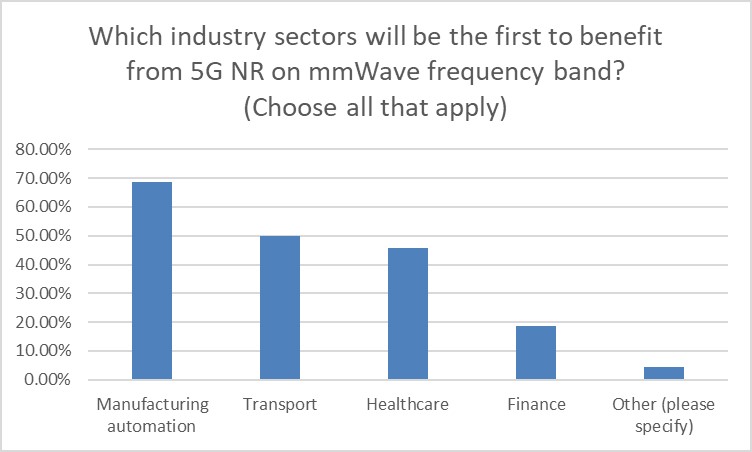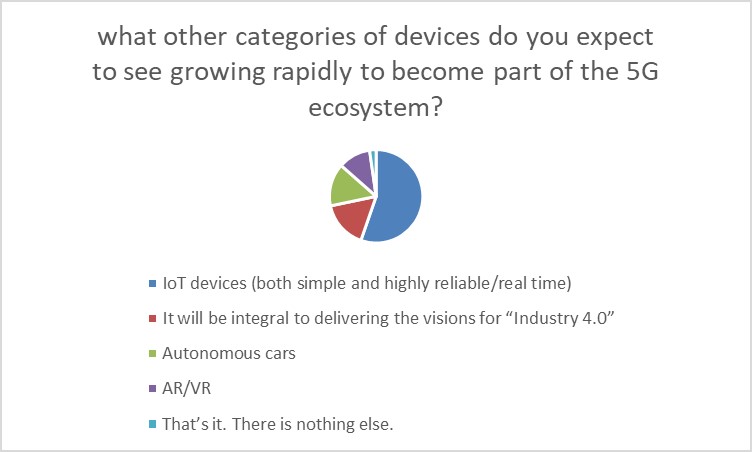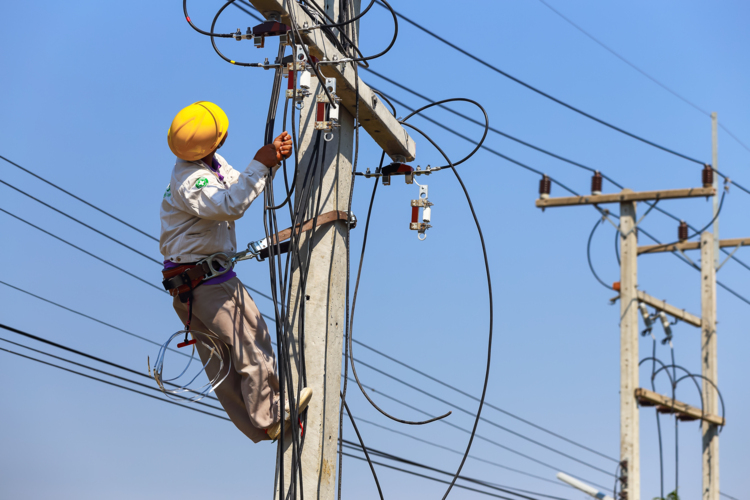 Commercial 5G services have now been live for more than a year. By the end of Q2 in 2020, more than 70 mobile operators across more than 40 countries had launched a 5G service. To better understand how the industry is performing and what is expected for years to come, Telecoms.com Intelligence conducted a survey.
Commercial 5G services have now been live for more than a year. By the end of Q2 in 2020, more than 70 mobile operators across more than 40 countries had launched a 5G service. To better understand how the industry is performing and what is expected for years to come, Telecoms.com Intelligence conducted a survey.
Unsurprisingly, survey respondents stressed telecoms infrastructure and broadband availability are becoming even more critical in supporting the economy. This has prompted network operators to sharpen their focus on protecting existing investments while making critical decisions about building 5G networks.
5G network implementation
As customers seek ways of packaging 4G and 5G together, they are reviewing which bands they own and deploy. Network implementation will differ depending on network operators’ starting conditions. For example, 5G might be rolled out across a country with low band spectrum while capacity may be the priority for densely populated cities with access to high band spectrum. This may be the reason that more than half of respondents expect 5G to be broadly deployed in their markets by 2023.
CLICK TO TWEET: CommScope’s Phil Sorsky shares his insight on the recent 5G survey and the next steps for this technology standard.

Although more than 25 percent believe it is too early to think about what the next generation technology will look like, the majority (nearly 75 percent) agree that new use cases will generate additional value. Manufacturing automation will be one of the first to benefit from 5G on a mmWave frequency band, according to nearly 70 percent of respondents.
5G across the wireless industry
From CommScope’s perspective, this is an exciting time for 5G across the wireless industry and for the world. In addition to smartphones, tablets and customer premise devices, more than half believe we’ll see IoT devices increasing rapidly and becoming part of the 5G ecosystem.

As well, security and regulation will be critical elements in the deployment of 5G, making it vital for network operators, industry groups and regulatory agencies to collaborate on standards.
Advancing antenna design, tapping into open RAN interfaces and enhanced IoT management are just a few ways that operators can simplify 5G rollouts while growing their enterprise business. The concept of private LTE networks has been discussed for the past several years; however, with CBRS (Citizens Broadband Radio System) finally a reality, the topic is top of mind for many executives.
What will ultimately be enabled by 5G is almost unimaginable today.













